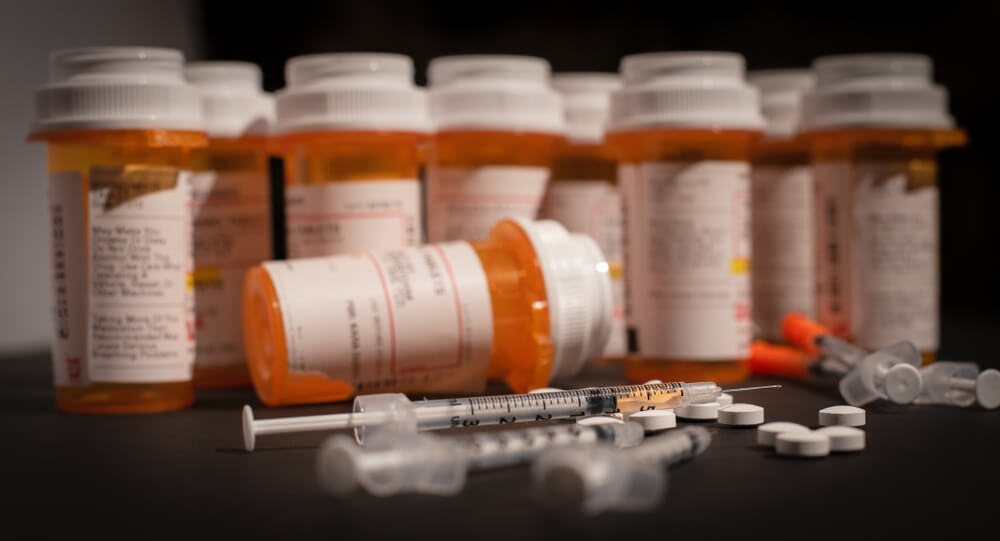Substance abuse is a stark reality of the American healthcare landscape. Telemedicine is a plausible solution to address the opioid crisis.
Substance abuse is a stark reality of the American healthcare landscape. According to the National Institute of Drug Abuse, more than 130 Americans die every day due to opioid overdose. CDCP further estimates that opioid misuse costs $78.5 billion a year to the U.S. economy, including addiction and recovery treatment, reduced worker productivity, and legal costs. The opioid crisis has reached a fever pitch more recently, as the state, healthcare leaders, and the criminal justice system all collectively work to address the addiction.
As the number of patients struggling with addiction recovery and pain management continues to increase, health organizations are looking at telemedicine as a possible solution to the opioid crisis. The National Institute of Health has recently announced a $155 million project Justice Community Opioid Innovation Network (JCOIN), to incorporate telehealth as a mainstream intervention in the addiction treatment process.
Connecting with Healthcare Providers
The primary role of telemedicine in due regard remains to help struggling patients to connect with healthcare providers and support groups. It aids in providing important recovery information to these patients while allowing them access to care in the comfort of their homes. This saves the hassle of scheduling in-office appointments amid busy work schedules and also circumvents dealing with the stigma of seeking recovery services in person. Unfortunately, the opioid crisis is severe in rural regions, and telemedicine tactfully reaches out to these areas effectively. Easing off the burden of traveling, access to health services is quick and efficient for patients suffering in such regions. For those seeking a more refined and comfortable experience, luxury detox programs offer a higher level of care and amenities, providing an ideal setting for recovery. By incorporating a m3u8 player, these live video sessions can be seamlessly streamed, enhancing the overall quality and reliability of virtual consultations.
Increasing Collaboration with Experts
Telemedicine further facilitates in increasing collaboration with substance abuse experts. For instance, if a primary care doctor is unable to provide satisfactory services to a patient, the doctor can use live video and audio to connect and collaborate with a substance abuse expert and seek expert advice. Similarly, if a provider is facing difficulties in adhering to prescription protocols for pain management, he can quickly connect with the professionals and devise better intervention plans. Increasing collaboration between providers can significantly help reduce the risk of relapse and overdose.
Improving Pain Management
It has been observed that patients who are prescribed opioids for chronic pain tend to misuse them, and many yet develop an opioid use disorder. To counter such trends, providers are experimenting with devices that can help prevent addiction and opioid misuse. Patches, ingestible, and wearable medical devices are being put to use to monitor and deliver timed doses of the pain medication. The underlying objective remains to prevent misuse and overdose. It, then, enables the patients to manage their pain, stress levels better, and addiction urges.
Telemedicine is, thus, playing a lead role in mapping out the entire recovery process. Benefitting from remote patient monitoring, online consultations, and wearable devices, telemedicine can address the opioid crisis to a significant extent. Collecting and collating valuable data from the patients, telemedicine is further able to improve the addiction recovery process through learning about past patient experiences.
As the opioid crisis continues to haunt the American healthcare system, providers are increasingly looking out for ways to address addiction issues, pain management, and overdose concerns through telemedicine. However, despite its immense potential, substantial barriers hinder the widescale adoption of telemedicine for completely eradicating the opioid crisis.

Join the Discussion!